What’s wrong with my Hibiscus?
last year
last modified: last year
Related Stories

KITCHEN COUNTERTOPSWhat’s the Difference Between Quartzite and Quartz Countertops?
Weigh the pros and cons of these popular kitchen countertop materials
Full Story
GARDENING GUIDESHouzz Call: What’s Your Favorite Backyard Beauty?
The simple, honest daisy is this writer’s go-to garden flower. We want to hear which plant, flowering or otherwise, gives you special joy
Full Story
KITCHEN DESIGNWorking the Room: What’s Popular in Kitchens Now
We break down 9 kitchen design ideas that are making people happy — and show how to make them work for you
Full Story
KITCHEN DESIGNHouzz Call: What’s Cooking in Your Kitchen?
Most of us turn to recipes, videos and culinary shows when we cook. Where do you set your cookbook, tablet or TV screen?
Full Story
FUN HOUZZHouzz Call: What’s on Your Refrigerator?
Magnets, menus, children’s art, coupons, perfect-attendance certificates, song lyrics — what is fridge-worthy in your house?
Full Story
MOVINGHouzz Call: What’s Your Best Downsizing Tip?
Deciding what to say goodbye to can be hard, which is why we want to hear your hard-won wisdom. Please share your advice
Full Story
BATHROOM DESIGNWhat’s Your Bathroom Style? 9 Great Looks to Consider
See what creates a bathroom’s style, whether you like farmhouse, contemporary, industrial or your own brand of eclectic
Full Story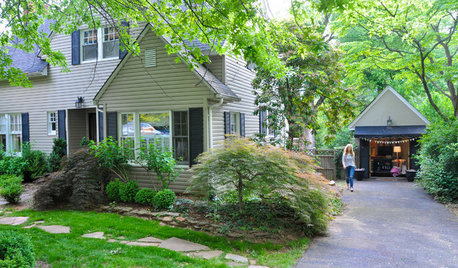
LIFEHouzz Call: What’s Your Perfect House Size?
How big is too big? How small is too small? Please tell us which home size is just right for you
Full Story
GARDENING GUIDESWhat’s in a Name? See 6 Wildflowers That Aren’t ‘Weeds’ at All
Dispel the stereotypes of weeds and try these wildlife-supporting native wildflowers in your garden
Full Story
LIFEThe Polite House: What’s an Appropriate Gift to Welcome a New Neighbor?
Etiquette expert Lizzie Post suggests the right time and best presents to introduce a new neighbor to your area
Full StoryMore Discussions


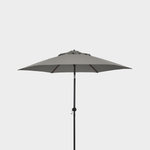
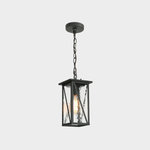


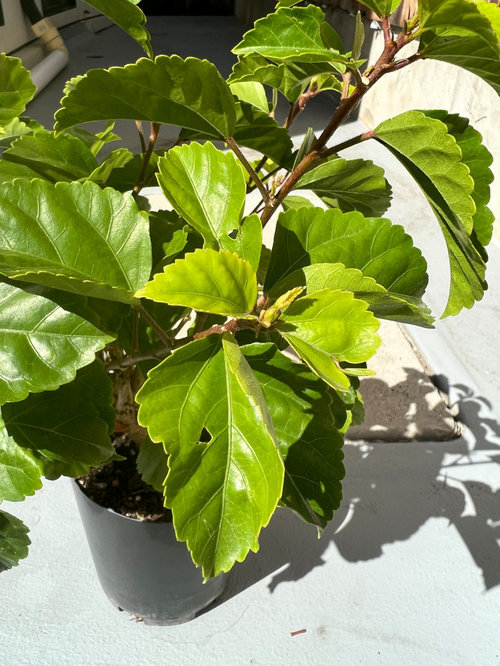
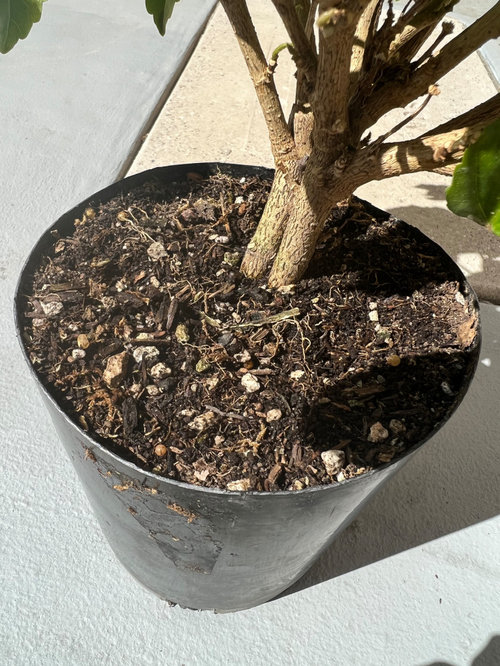
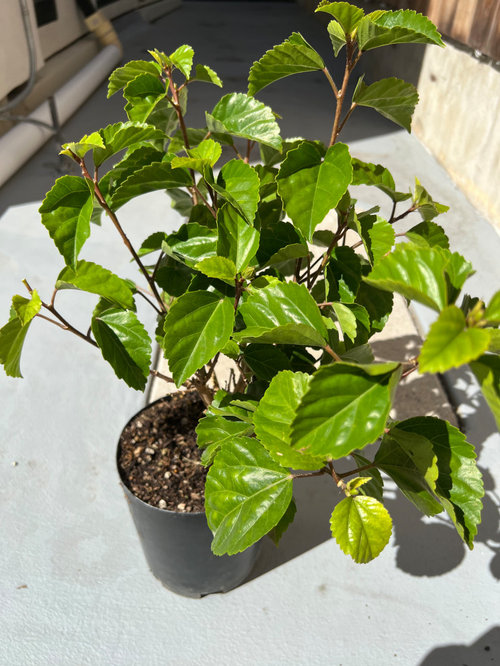
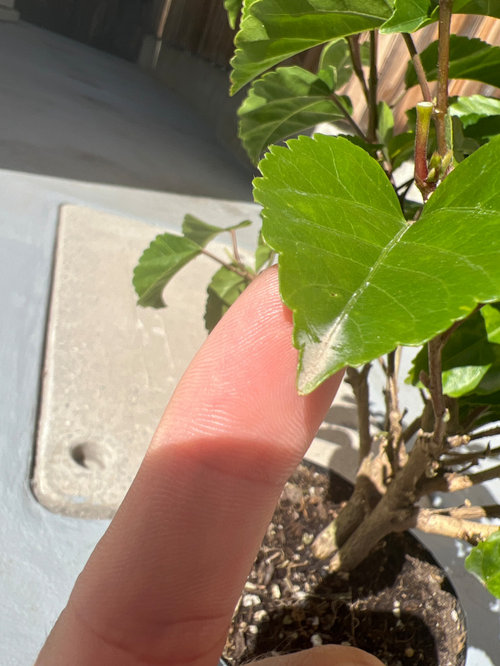
Embothrium
ken_adrian Adrian MI cold Z5
Related Professionals
Bellflower Landscape Architects & Landscape Designers · Garden City Landscape Architects & Landscape Designers · Maple Valley Landscape Contractors · Bainbridge Island Landscape Contractors · Cliffside Park Landscape Contractors · Desert Hot Springs Landscape Contractors · Ellicott City Landscape Contractors · Fort Atkinson Landscape Contractors · Mashpee Landscape Contractors · Mission Landscape Contractors · Peachtree City Landscape Contractors · Setauket-East Setauket Landscape Contractors · University City Landscape Contractors · Ansonia Landscape Contractors · Mount Vernon Interior Designers & Decoratorstapla (mid-Michigan, USDA z5b-6a)
Robert Silver
tapla (mid-Michigan, USDA z5b-6a)